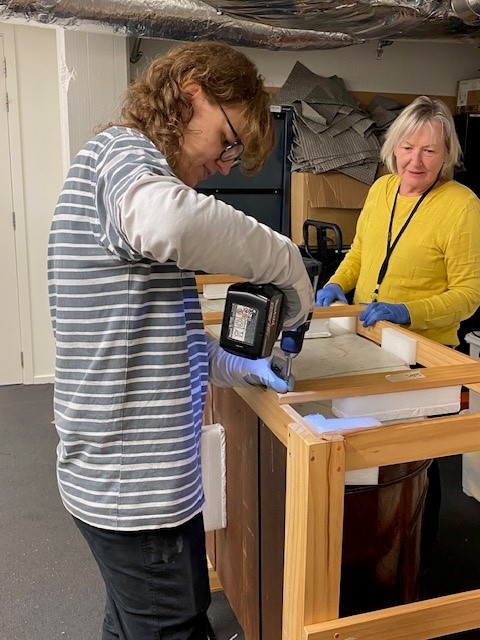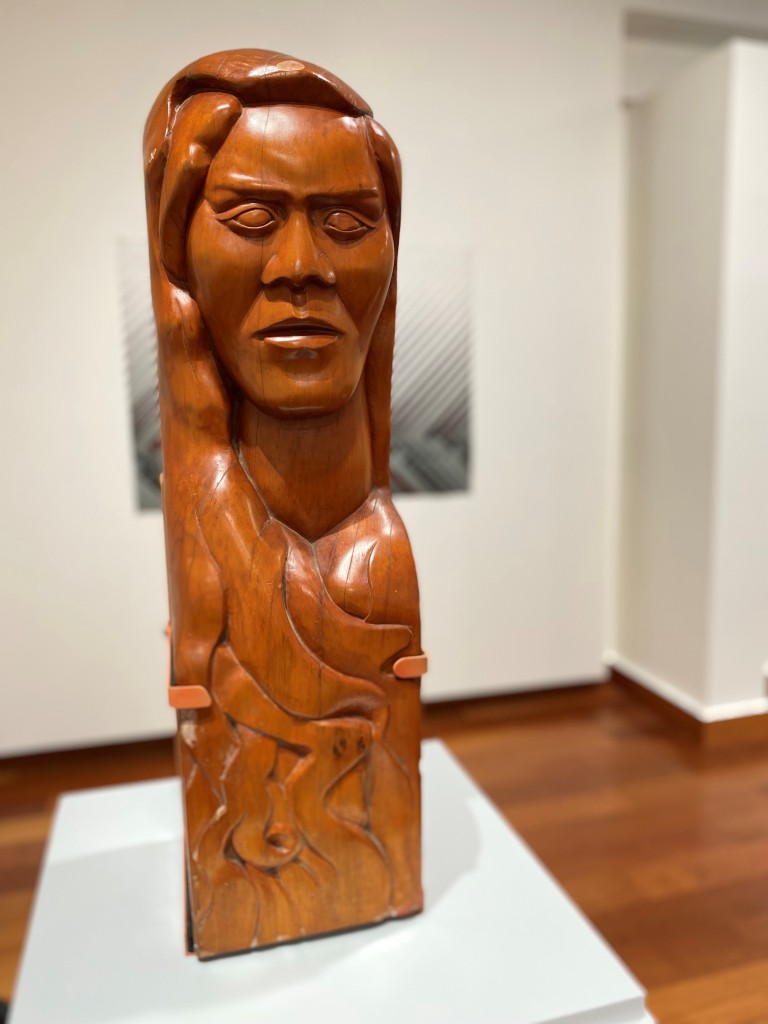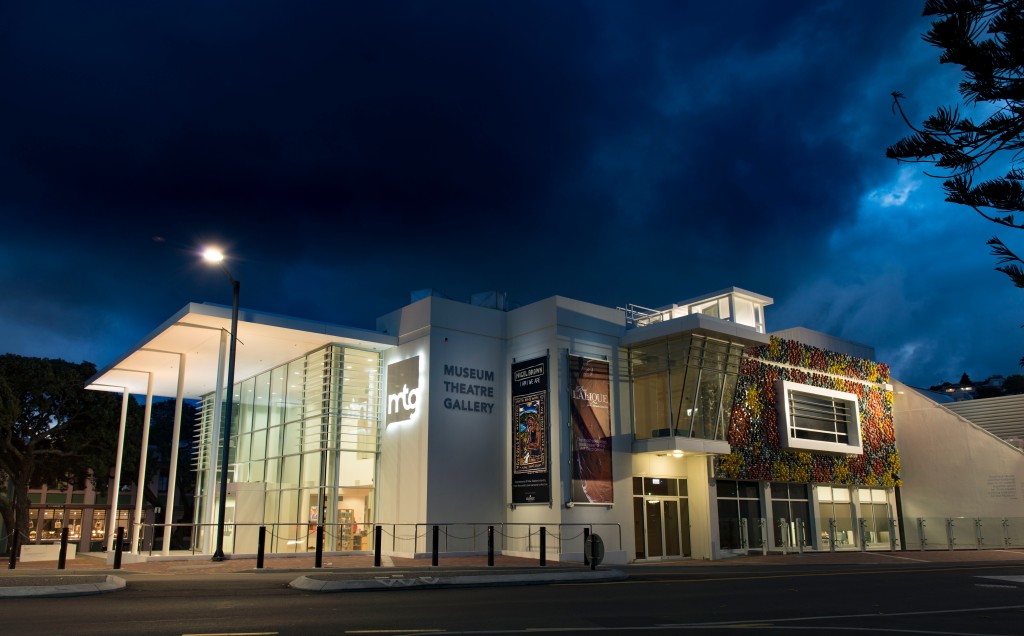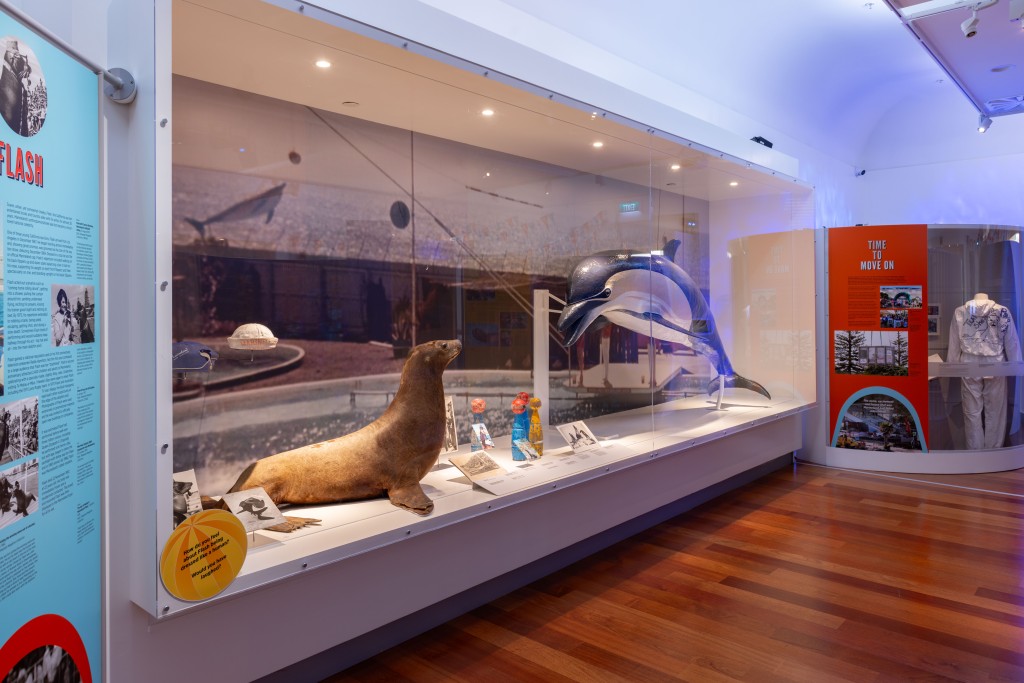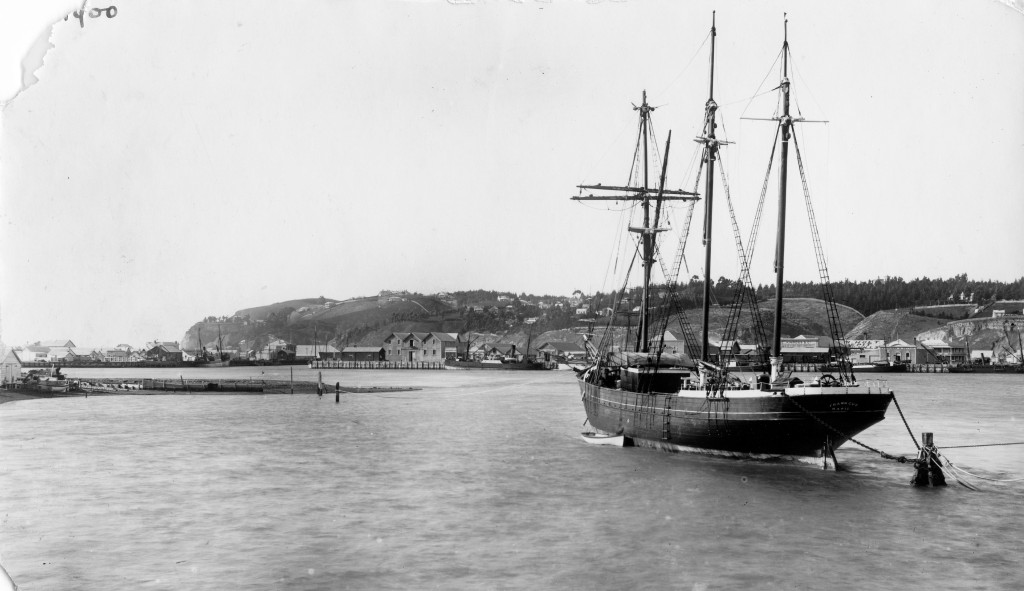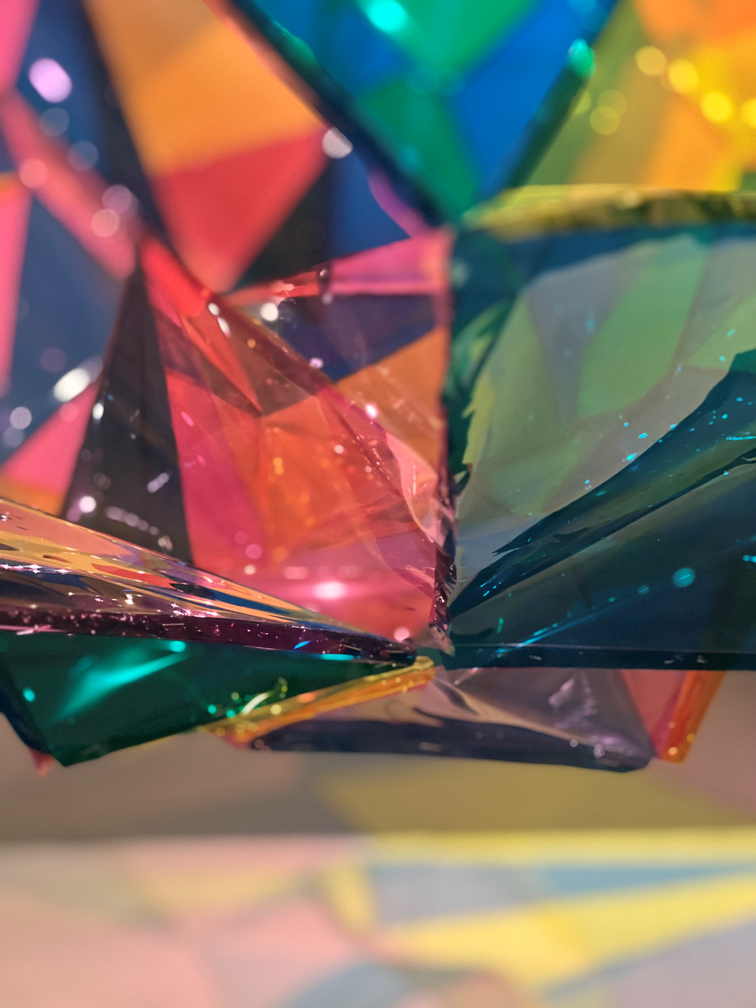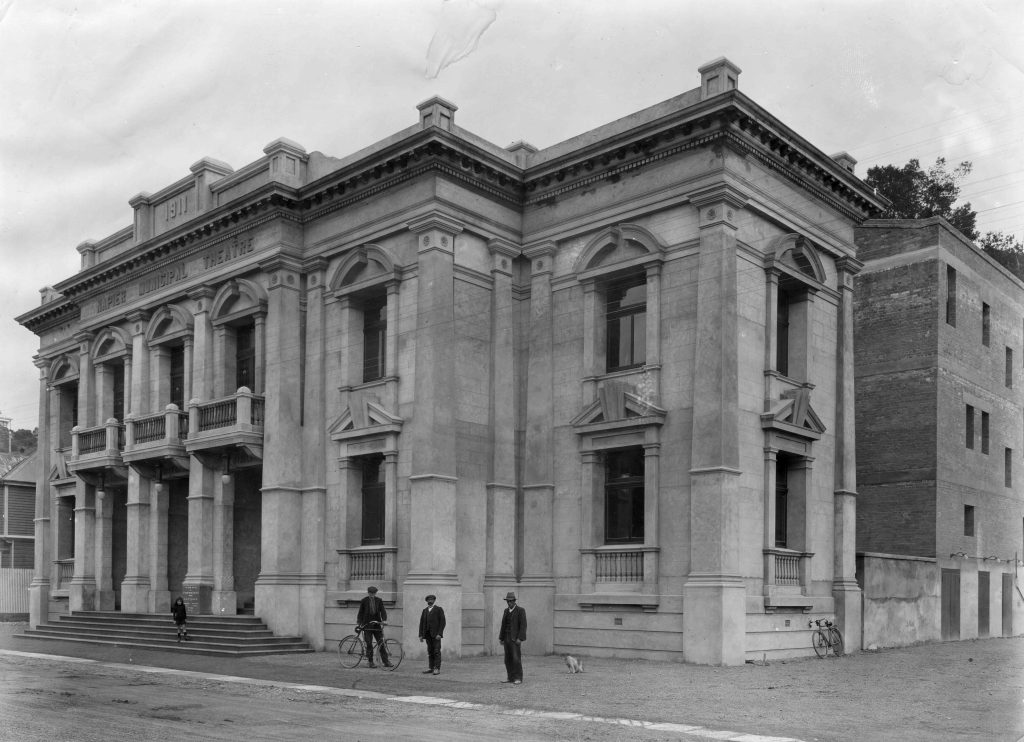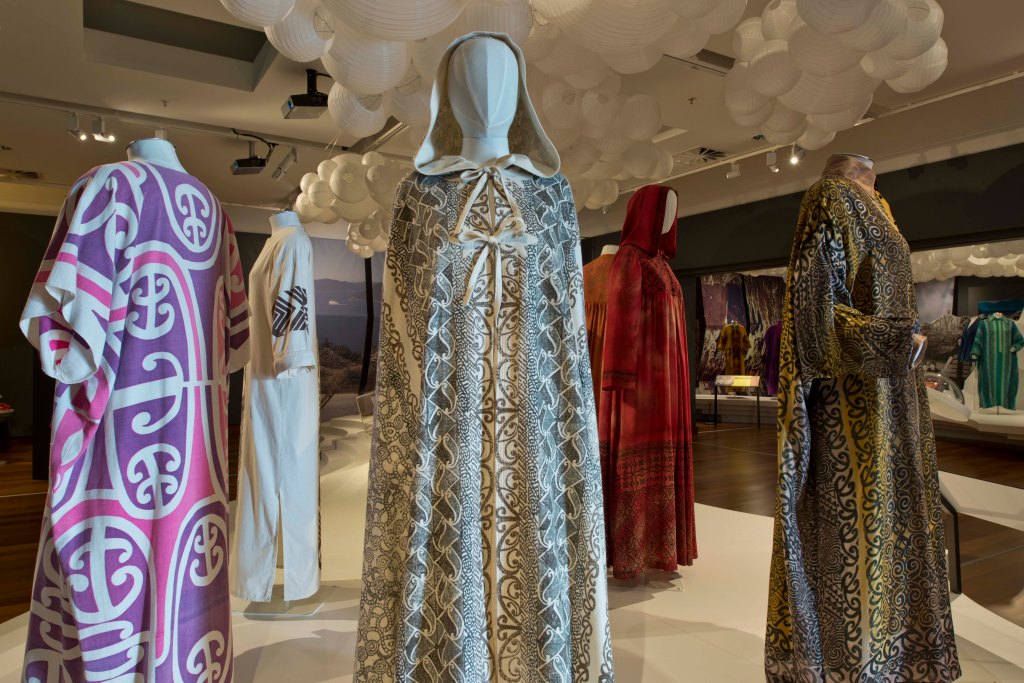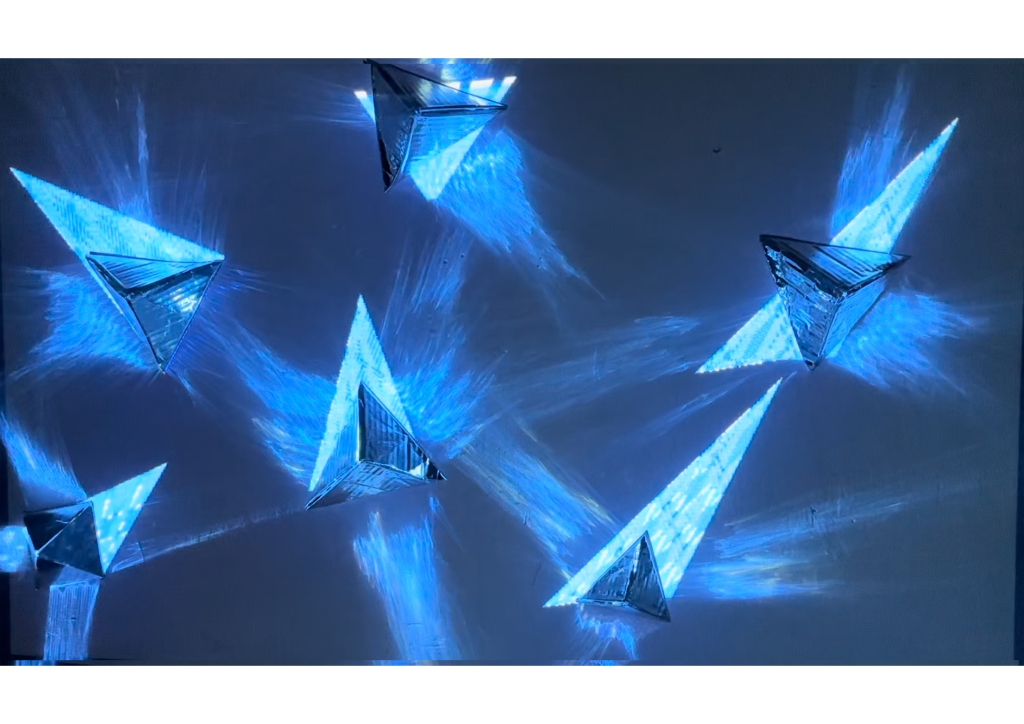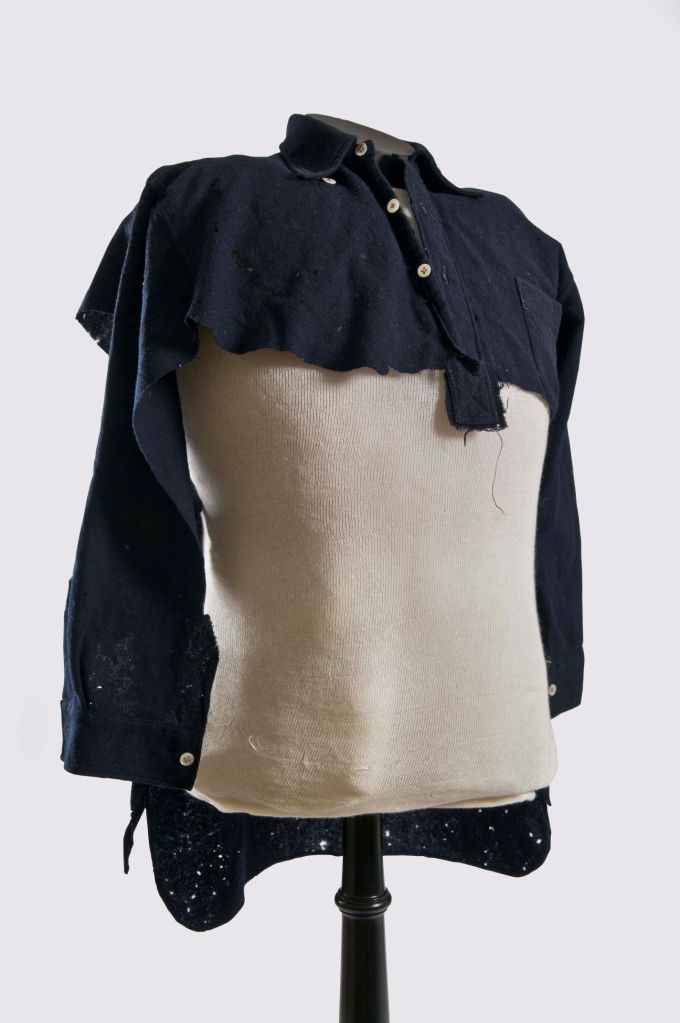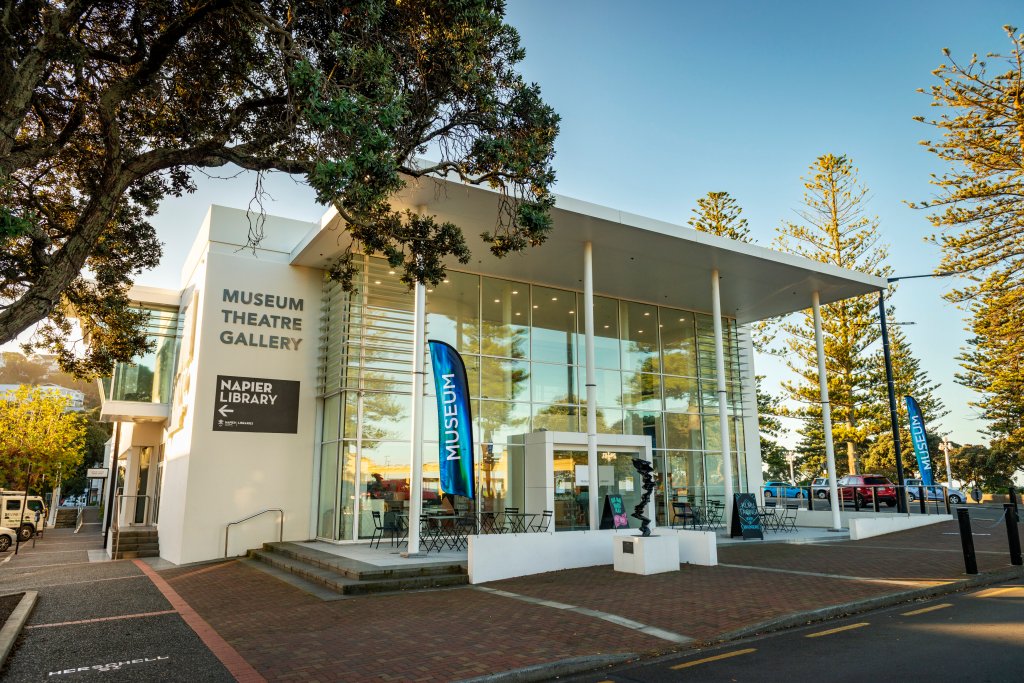
This year started out well and we were hopeful for a ‘normal’ year after our years of Covid-19. Cyclone Gabrielle very quickly put paid to those ideas, reeking devastation and chaos across the region. Like everyone, the day after the cyclone, we were in a state of shock and confusion. Being part of Napier City Council many of our staff were able to join in the initial response undertaking tasks such as, preparing and serving meals, doing deliveries, welfare checks, etc. Other staff utilised their specialised skills helping with issues such as providing archival boxes for koiwi unearthed during the cyclone, providing advice on immediate treatment for taonga and helping individuals understand how to preserve textiles and other items they had rescued or recovered from the water and silt.
Although lawlessness was exhibited by some, the vast majority of the community were helping out in any way they could, and it was wonderful to see such great community spirit on display. Following the immediate aftermath, we were approached by EIT to see if we could help with a temporary home for some of their students and were pleased to find a space for them.
Despite the incredibly difficult start to the year the talented team at MTG Hawke’s Bay Tai Ahuriri still managed to complete eight exhibitions and displays. A highlight for many was Refuge in Fashion: Minh Ta, which displayed our wonderful collection of Minh Ta costumes – many of which were award winners. At the opening a number of people dressed in their own Minh Ta outfits, which was a lovely sight and a tribute to a truly talented person. Another local legend was celebrated in Making A Mark: the work of Fane Flaws. Many around Te Matau-a-Māui knew of Fane Flaws’ artworks – however Making A Mark focused on his incredible outputs as a director, musician and designer.
We were delighted to share Tāku Huia Kaimanawa, a series of Fiona Pardington works based on the huia birds and feathers held in our collection. These stunning works were a showstopper in our linkway gallery. We’re even more delighted to say that two works from the display are now in our collection – one gifted by Fiona as a commissioners copy, and one purchased and gifted by the MTG Foundation. During the year our front foyer had a dazzling work, Chromacade, by Janna van Hasselt. A series of ‘extrusions’ in rainbow colours popped against a fluorescent green surface. Falling in and out of a herringbone shape these forms seemed to dance across the wall.
Another playful display, Eye Spy: Curious Stories, looks at patterns and design in a range of objects from the collection. Exploring touch, smell, sight and sound this exhibition invites visitors to look a little closer. A giant collaborative ‘ei (think lei) adds the final touch, allowing visitors to contribute their own piece of design to Eye Spy. Having hosted EIT students over the year, we were happy to display some of their work in Through Lens and Light. This display showcases their range of photographic skills – from studio and documentary to product and landscape shots and provides insight into their unique skills, interests and perspectives.
Pictures and other works celebrates 10 years of the MTG Foundation fundraising and purchasing works for the collection. This group of dedicated and generous patrons work to ensure Hawke’s Bay has a collection that is worthy of the region and will be enjoyed for many generations to come. The final exhibition for the year, Pūrākau o Te Whenua, opened on 23 December and explores the legends and tales of Te Matau-a-Māui. The special names given to hills, mountains and lakes are all explored in this display – with stories told by local people we learn the cultural and historic connections about the whenua/land of our beautiful region.
This year also saw the building project in Hastings break ground. This purpose built facility will provide a permanent and appropriate home for the magnificent collection that the Hawke’s Bay Museums Trust cares for on behalf of the community. With over 90,000 objects this is the largest collection outside the four main centres and one of the older collections in the country. Te Matau-a-Māui is privileged to hold such a significant collection and it is gratifying to know it will be cared for appropriately into the future.
It has been a very challenging year and, although I think I say this every year, 2023 has definitely been a long year and one that has tested many of us. For those of you who work through the holiday season I hope people recognise that sacrifice, treat you with kindness and respect and that you get your own opportunity to have a well-deserved break at some point. For everyone else I hope you take the opportunity to spend time with family and friends, stop, relax, re-energise and refresh.
Published in the Hawke’s Bay Today newspaper on 23 December 2023 and written by Laura Vodanovich, Director at MTG Hawke’s Bay.

